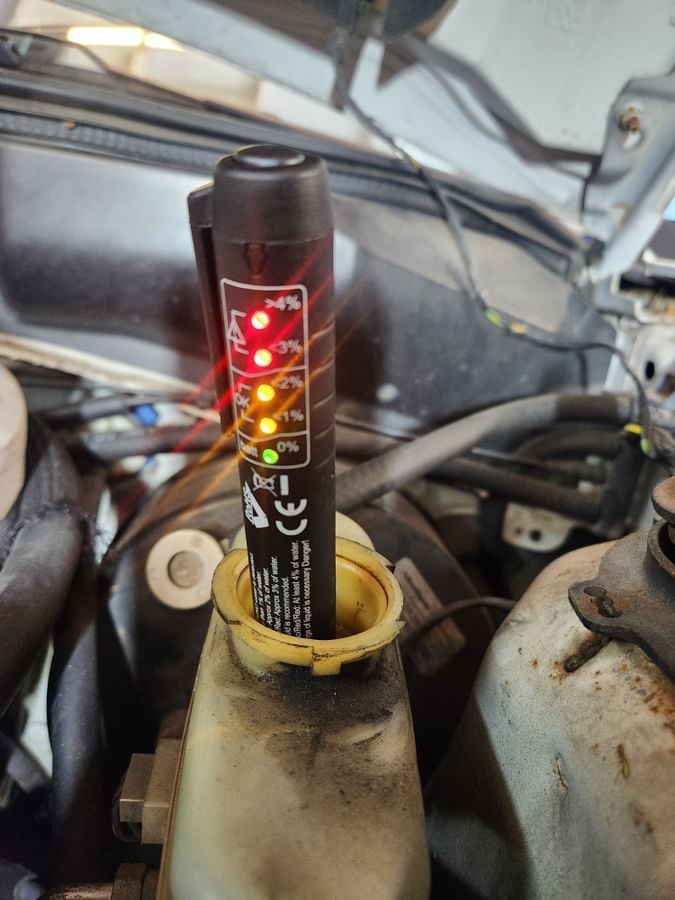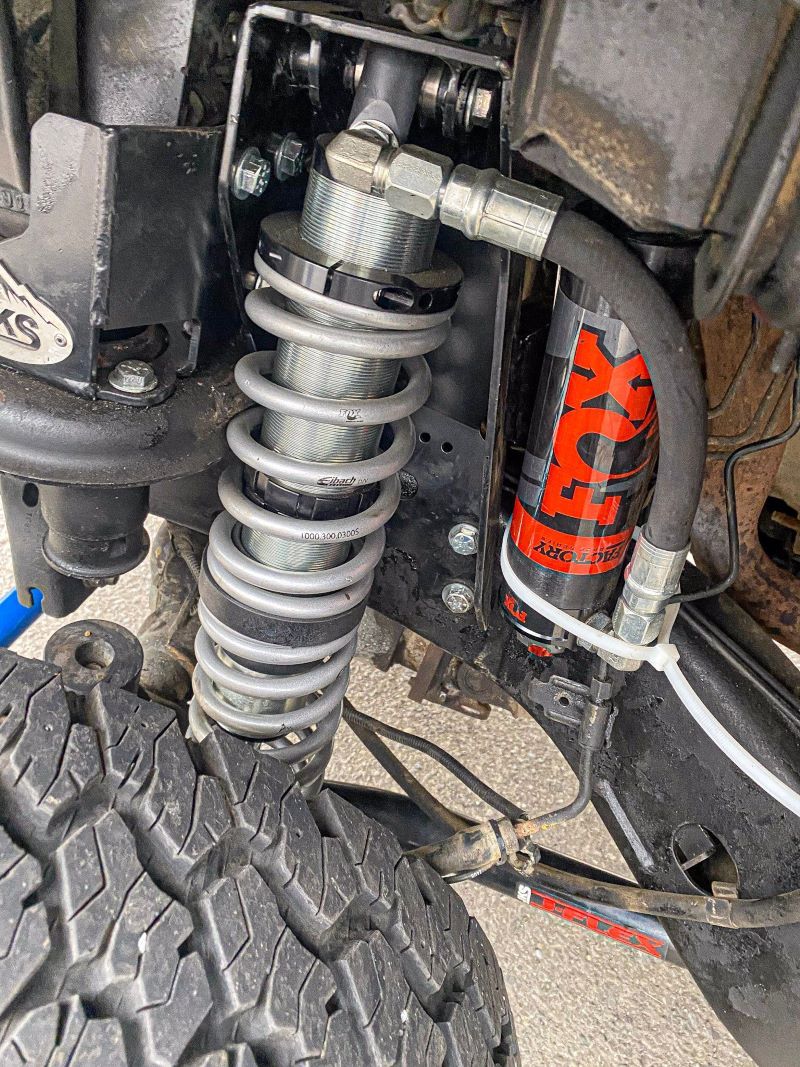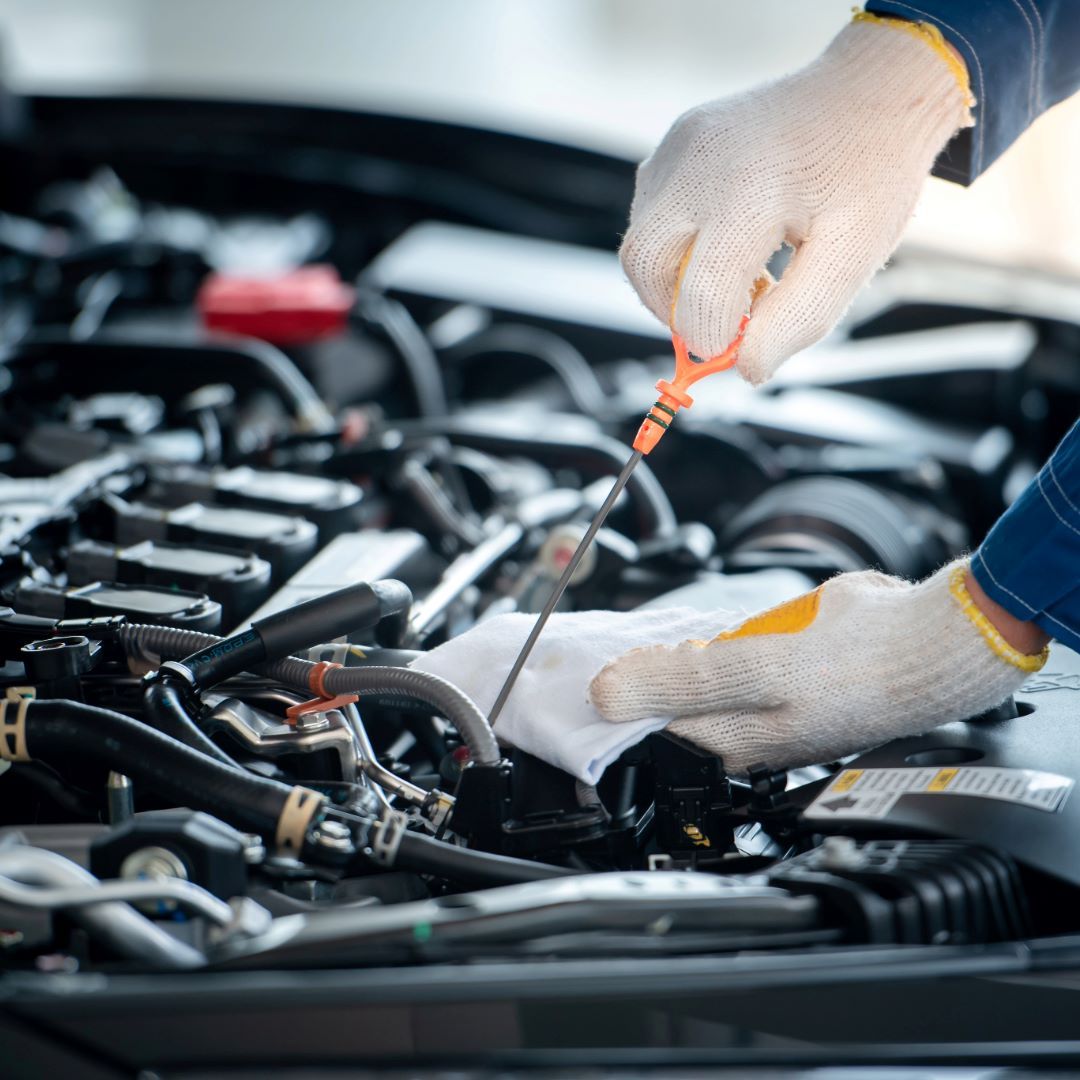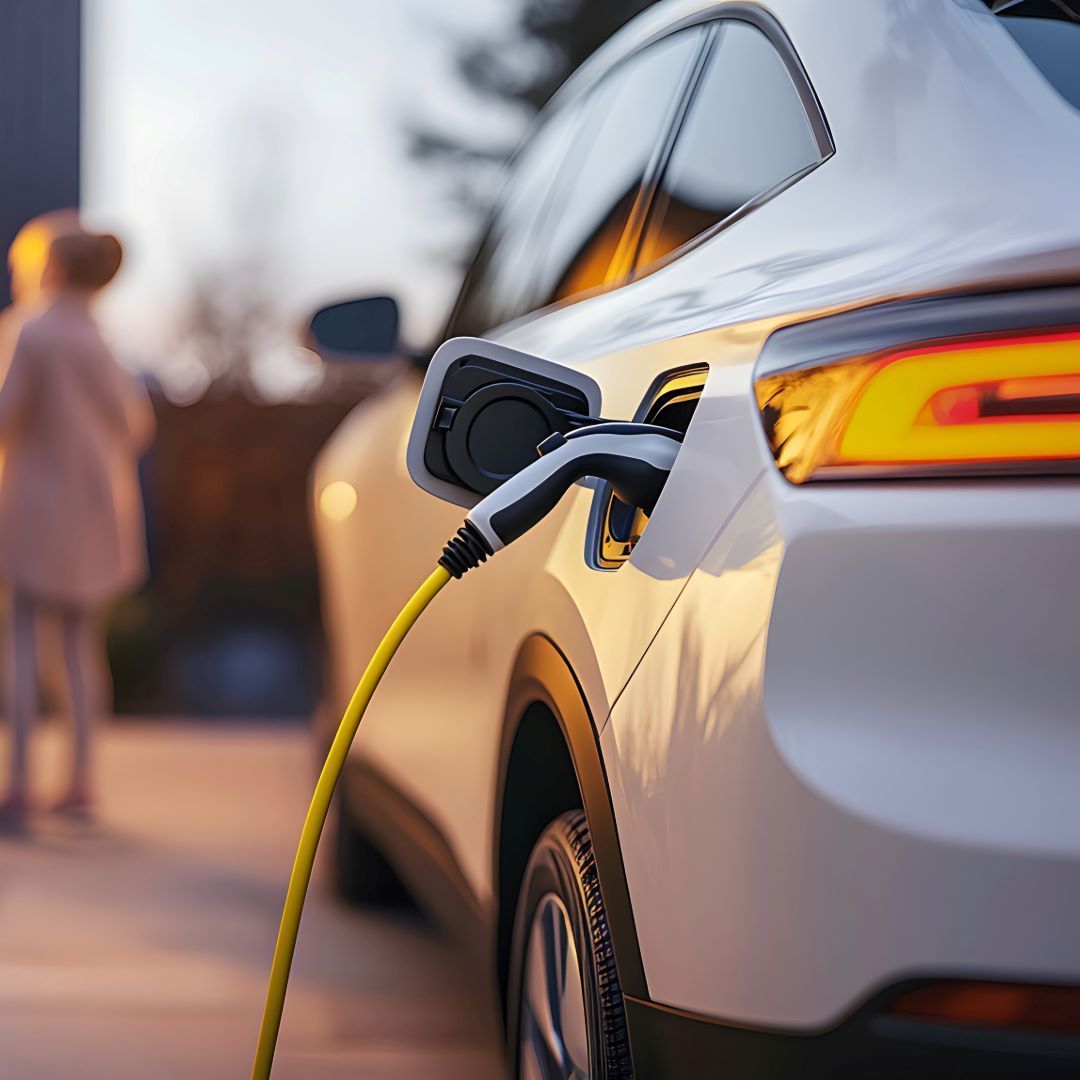What Are the Warning Signs of a Dying Car Battery?
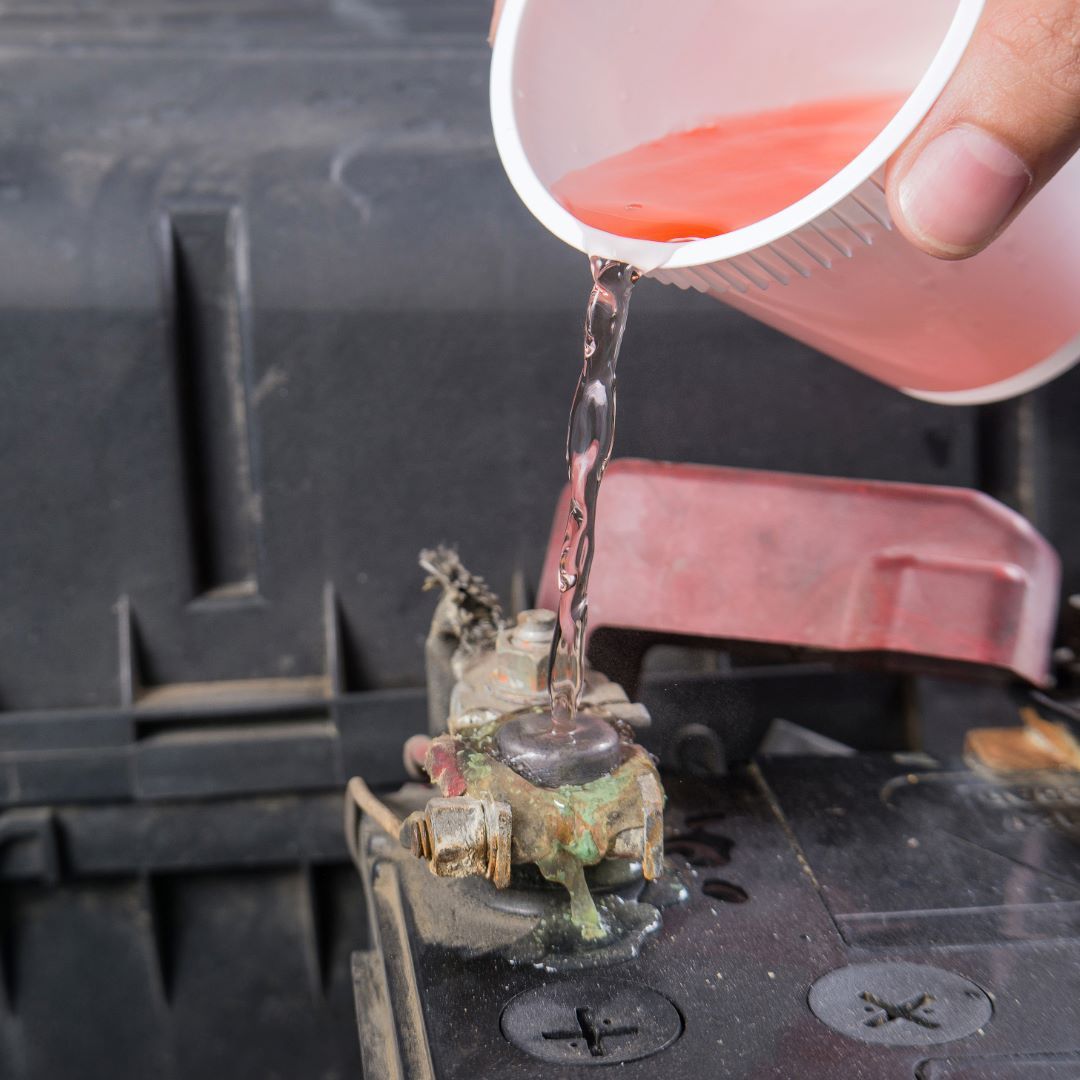
Dying Car Battery? 5 Warning Signs You Shouldn’t Ignore | ABC Auto Repair Burien
Your car battery isn’t something you think about often until it starts to fail. As the core of your vehicle’s electrical system, your battery is responsible for everything from starting the engine to powering your lights, radio, and more. Like any essential part, it won’t last forever.
Knowing the early warning signs of a dying battery can save you from unexpected breakdowns and costly repairs. Here’s what to watch for and when to bring your car to ABC Auto Repair in Burien for a battery check.
1. Your Engine Struggles to Start
One of the first and most obvious signs is a slow crank or hesitant start. If your engine turns over sluggishly or clicks when you turn the key, it’s a likely sign your battery is losing its charge. This issue is especially noticeable during cold weather, which lowers battery efficiency.
Pro Tip: Don’t wait until it fails completely if starting your car feels weak or slow, it’s time for a test.
2. Battery Warning Light on Dashboard
Your dashboard battery light is designed to signal charging system issues. It doesn’t always mean the battery is bad it could be the alternator, loose wiring, or a bad connection but it does mean something is wrong and needs attention.
Ignoring this light could lead to a sudden breakdown or more serious electrical problems.
3. Dim or Flickering Lights
When a battery weakens, it affects other electrical systems:
- Headlights may dim or flicker.
- Interior lights may seem faint.
- Power windows and radio might slow down.
These symptoms mean your battery isn’t holding enough charge to power your systems effectively, especially during night drives or in poor weather.
4. Swollen Battery Case or Corrosion
Take a quick look under the hood. If your battery case looks bloated, warped, or misshapen, it may be overheating a sign it’s nearing failure. Corroded terminals (white or bluish powdery buildup) are also problematic, as they block proper current flow and reduce battery efficiency.
These physical signs mean your battery may be unsafe or underperforming.
5. You’re Needing Jump-Starts Too Often
One jump-start might be a fluke. Needing multiple jump-starts in a short period? That’s a red flag. Even if the battery seems to recover temporarily, it likely can’t hold a proper charge anymore.
A dying battery isn’t just inconvenient it can leave you stranded in the rain, in traffic, or far from home.
Why Addressing a Weak Battery Early Matters
A weak battery puts extra strain on your alternator and starter, forcing them to work harder. Left unchecked, this can lead to expensive repairs. Replacing your battery early is an easy, affordable fix that helps protect other systems and keeps your vehicle reliable.
And here in Burien, WA, where wet weather and cold mornings are common, a strong battery is essential for dependable starts and safe driving.
Stay Ahead of Battery Trouble with ABC Auto Repair
If you're experiencing slow starts, dim lights, or frequent jump-starts, don’t wait for your battery to fail. At ABC Auto Repair in Burien, we offer expert battery diagnostics, charging system tests, and battery replacements using trusted brands.
Schedule your battery check today and drive with peace of mind, rain or shine.

